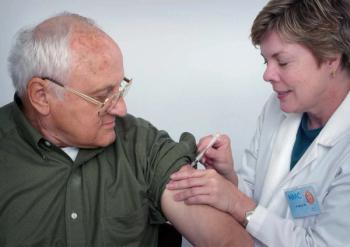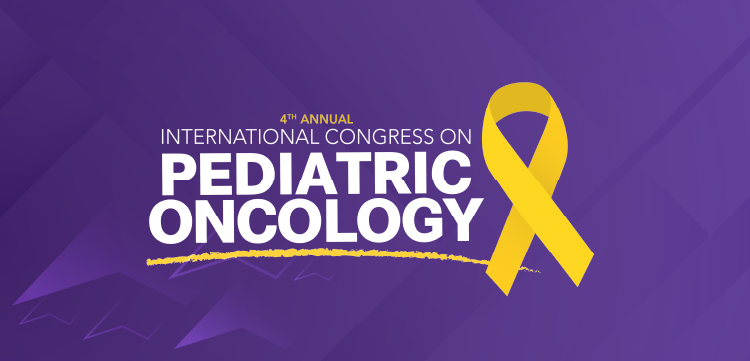
Is Oritavancin Still Effective When It Comes to Treating Skin Infections?
Contagion® sat down with Rodrigo Mendes, PhD, to discuss research exploring evolving resistance among antibiotics to treat skin infections.
Oritavancin was approved as a part of the “10 x 20” Infectious Diseases Society of America’s initiative, a global call to develop 10 new antibiotics by 2020. Approved in 2014 with a long half-life of 10 days, oritavancin was the first single-dose antibiotic used for skin and soft tissue methicillin-resistant Staphylococcus aureus infections. Since bacteria routinely evolve and develop resistance, it is important to ensure that oritavancin, which was only just introduced to the marketplace in 2014, remains effective.
Contagion® sat down with Rodrigo Mendes, PhD, Director for Molecular Biology and Microbiology at JMI Laboratories at the ASM Microbe 2017 meeting in New Orleans, Louisiana, to discuss what Dr. Mendes and his team have found while monitoring the antibiotic activity of oritavancin over the past several years.
CONTAGION®: Can you tell us about your oritavancin study presented here at ASM Microbe 2017?
RM: Over 8,000 bloodstream infection (BSI) isolates from 30 US, 34 European, 1 Israeli, 3 Russian, and 2 Turkish centers were used to monitor for the potential development of oritavancin resistance in gram-positive isolates over [the course of] 2 years, 2014-2016. At ASM Microbe 2017, we presented data that validated that there is still equivalent activity for oritavancin against selected gram-positive isolates.
We observed that oritavancin inhibited ≥99.4% of BSI isolates at ≤0.12 µg/mL. We observed MIC90 values (0.06 µg/mL) against Staphylococcus aureus and coagulase-negative-staphylococci. These MIC50 values were 8- to 32-fold lower than comparator agents vancomycin, daptomycin, and ceftaroline against Staphylococci. Oritavancin’s greater efficacy was also observed against [Enterococcus] faecalis and E. faecium bloodstream infection clinical isolates.
This data presented at ASM Microbe 2017 indicate that oritavancin remains potent against today’s bloodstream infection gram-positive isolates as assessed in vitro. Moreover, this data indicates that further consideration is warranted for possibly using oritavancin to treat E. faecium BSI. As always, vigilant continual monitoring of S. aureus remains essential as well.
C: Can you share an example where your laboratory at JMI Labs previously sounded the alarm for the emergence of antibiotic resistance?
RM: There are many stories from the gram-positive and also the gram-negative side. Perhaps the most recent on the gram-positive is the emergence of an efflux pump that confers resistance to linezolid. Approved for use against [methicillin-resistant Staphylococcus aureus] MRSA skin [infections] and pneumonia in 2000, linezolid is on the World Health Organization’s list of essential medicines. We monitored linezolid’s activity since 2004. About two years ago, there was a linezolid-resistant BSI isolate we first observed in China. Then, we started to identify this in several different other areas including in the United States, Mexico, other Latin American countries, Ireland, England, Belgium, and others. This is an important resistance to which hospitals and physicians must be made aware [of] in order to prevent the administration of otherwise ineffective antibiotics.
W. Todd Penberthy, PhD is a medical writer with over 4 years of experience based in Orlando, Florida. Prior to that Todd was a professor directing biomedical research using zebrafish models of human disease with expertise in orthomolecular niacin-related science for 10 years.
Newsletter
Stay ahead of emerging infectious disease threats with expert insights and breaking research. Subscribe now to get updates delivered straight to your inbox.












































































































































































































































































































